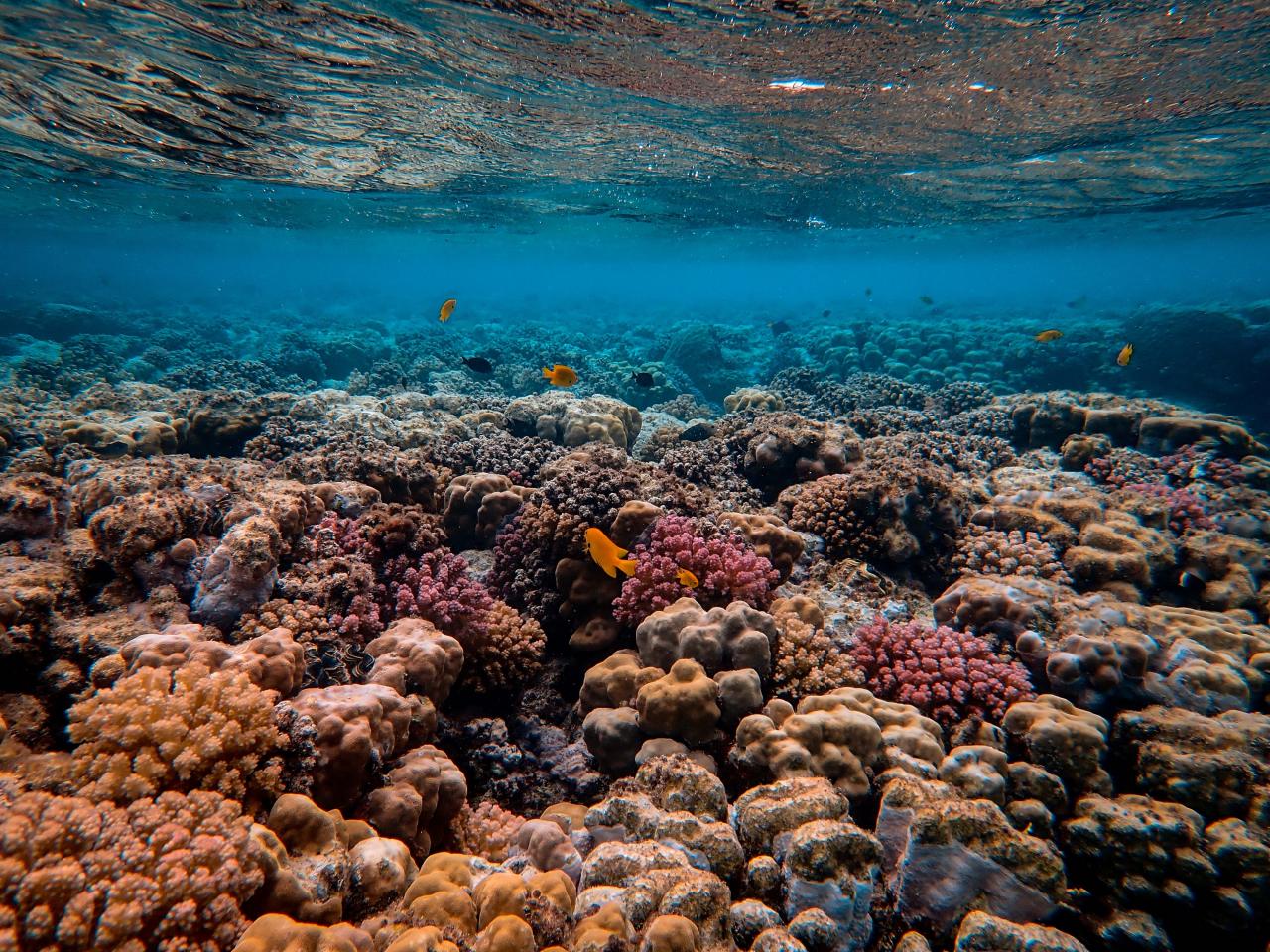Good News For The World’s Largest Reef
The Great Barrier Reef has faced challenges due to climate change with one of the biggest negative impacts occurring through rising water temperatures resulting in the bleaching of coral impacting the world’s largest living structure and coral reef. Despite the decline in the health of the reef due to coral bleaching, a natural phenomenon can help restore the reef during the annual coral spawning event.
This natural occurrence can help revive the reef and bring new life to the marine ecosystem that generates a burst of color that spreads newly formed pieces of coral along the reef to increase coral populations. The Great Barrier Reef was impacted during major coral bleaching events in 2016 and 2017 that was revived with the annual coral spawning (Readfearn, 2019).
The Most Occurrence of Recent Coral Spawning
The Great Barrier Reef experiences the annual synchronized spawning of coral with mass reproduction occurs commonly on the full moon in November for 2-3 days with the last spawning event in 2021. This natural occurrence is unique as the Great Barrier Reef is the most coordinated coral spawning even in the world.
The coral spawning event is a result of different coral species synchronizing to release their eggs and sperm cells that are fertilized as they float to the water’s surface developing into larvae then settling back into the coral reef system to form new coral colonies(Lai, 2021). The most recent coral spawning event gave marine biologists hope for the recovery of the Great Barrier Reef with the spawning event releasing billions of offspring released into the Pacific Ocean off the coast of Cairns, Queensland (Lai, 2021).
The Threat of Climate Change for Reefs
Climate change has contributed to ocean acidification and rapid rises in sea surface temperatures resulting in the decline of marine ecosystems such as coral reefs as the Earth has lost 14% of total coral from 2009 to 2018. These environmental changes disrupt the symbiotic relationship between reefs and algae that lives among the reef ecosystem driving algae away, leaving behind white exoskeletons attributed to coral bleaching.
A report by the Intergovernmental Panel on Climate Change (IPCC) projects that 99% of reefs will decline resulting from global temperatures increasing up to 2°C above pre-industrial levels as the planet is currently 1.1°C warmer (Lai, 2021). Two-thirds of the Great Barrier Reef was significantly impacted by coral bleaching occurring in 2016, 2017, and2020 resulting in life-threatening conditions for the reef.
UNESCO Addressing Critical Condition of World Heritage Site
The United Nations Educational, Scientific, and Cultural Organization (UNESCO) is recommending the world heritage site to be listed as “in danger,” stressing the importance of Australia addressing these threats. The Australian government managed to block the downgrade of the UNESCO status postponing the decision but have recently announced they will be contributing $704 million (1 billion AUD) over the next nine years improving the health of the Great Barrier Reef.
Researching and Recording the Coral Spawning
Australian marine biologist with Reef Teach, Gareth Phillips, took to the water with his team with marine biologists, photographers, students, and divers to record the annual spawning event with vital research. The team will be gathering footage to monitor the annual coral crop to check for updates in the development and the general health of the Great Barrier Reef.
Phillips explains, “I’ve seen the corals all go off at once, but this time there seemed to be different species spawning in waves, one after the other. The conditions were magical with the water like glass and beautiful light coming from the moon. Once we found a ripe coral, we watched as it took about 30 seconds for each colony to complete its spawning. It was the ultimate treasure hunt… it was so exciting that we even grabbed the skipper and got him in the water” (Street, 2021).
A Good Sign for thew Great Barrier Reef’s Vitality
According to the Great Barrier Reef Foundation, the coral bundles need to find another bundle of the same coral species to reproduce which is more likely to happen by releasing bundles at the same time (National Post Staff, 2021). The coral spawning typically takes place from October to November with a common peak time being the full moon in November as timing can vary due to climate factors like currents and water temperatures.
The last annual coral spawning occurred in optimal conditions to ensure the vitality of these coral species to have a sustainable reef system for years to come. The success of the natural coral spawning event is key for the future viability of the Great Barrier Reef and maintaining the UNESCO world heritage site status.



